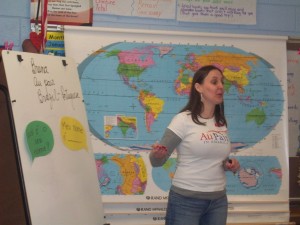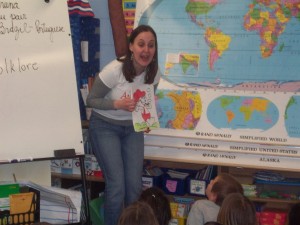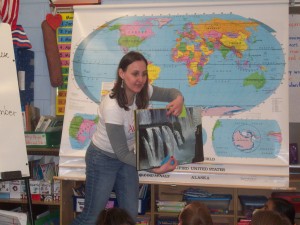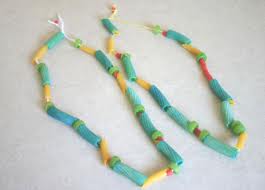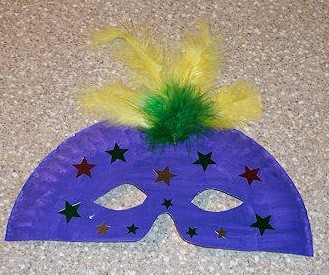|
The event is celebrating its 27th anniversary, with the Lavagem da Rua 46 on Saturday September 3, and Brazilian Day on Sunday, September 4, at 46th Street, also known as Little Brazil, and 6th Avenue, near Times Square. Presently the event takes over 25 blocks surrounding Little Brazil. |
The festival began to celebrate Brazil’s Independence Day. Since 1984, that small celebration has only grown, up to the point of attracting over1.5 million people in 2010, according to official information from NYPD.
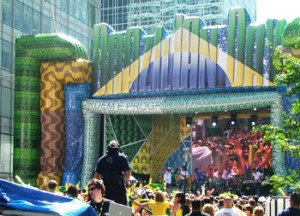 People come from as close as Connecticut and as far as California. Perfectly bonding with the diverse population of New York City, people also come from Europe, Asia and Africa, to join in the festivities. Some travel in groups, they commute by bus, some fly in, and others simply drive hundreds of miles. No one wants to be left out of this party, which is now considered the world’s biggest Brazilian event outside Brazil and one of the greatest ethnic events in the Big Apple.
People come from as close as Connecticut and as far as California. Perfectly bonding with the diverse population of New York City, people also come from Europe, Asia and Africa, to join in the festivities. Some travel in groups, they commute by bus, some fly in, and others simply drive hundreds of miles. No one wants to be left out of this party, which is now considered the world’s biggest Brazilian event outside Brazil and one of the greatest ethnic events in the Big Apple.
The organizers of Brazilian Day, The Brasilians Newspaper, The Brazilian-American Cultural Center (BACC) and TV Globo Internacional, are expecting a record number of participants for the 27th celebration.There are no precise estimates of how many Brazilians live nowadays in the United States. However, the Brazil Information Center (BIC), a non-profit poll organization based out of Washington, D.C., estimates that there are over a million Brazilians throughout the entire country. Of those, 300 thousand live in the three-state area of New York, Connecticut and New Jersey. The NGO also estimates that 100 thousand alone live in the Borough of Queens, New York.
The Brazilian Day festival is not simply a party celebration; it has become an opportunity to reach out to the Brazilian community in the United States. On that day, Brazilians join each other from different parts of the world, many coming from Brazil just to attend the festival, show their pride, advertise their culture and live their nostalgic and anonymous feeling of being an immigrant away from home.

